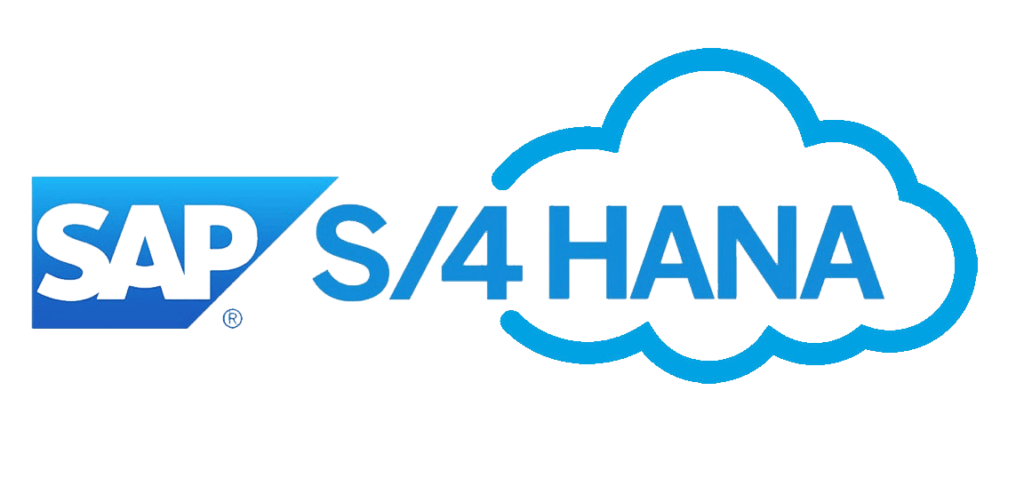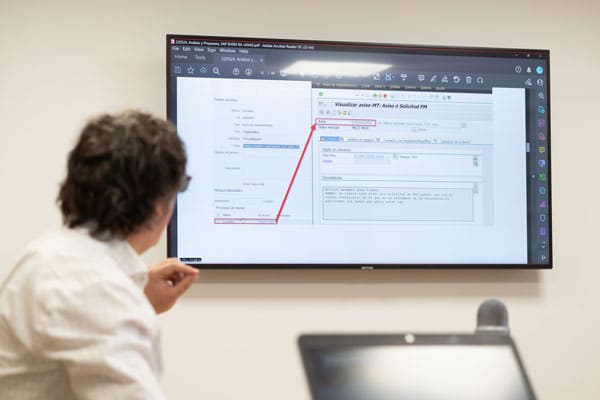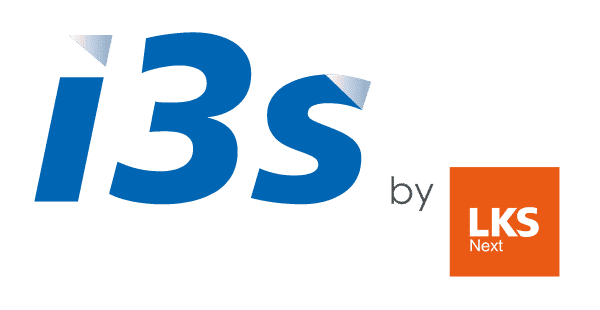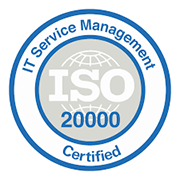S/4HANA Migration
Connect your business with commercial networks, logistics, IoT and Big Data solutions, capabilities not available in your current SAP ERP. The new S/4HANA system enables real-time decision making with machine learning and predictive analytics.
Why migrate to S/4 HANA?
SAP ECC 6.0 will be fully supported until 2027, but your ERP system does not allow you to take advantage of the smart technologies needed to be competitive today.
S/4HANA enables the adoption of new HANA In-Memory processing capabilities, which accelerates the execution of core processes, FIORI user interface, which improves the user experience, as well as new processes, which are already only developed on the latest versions of S/4HANA.
The S/4HANA Movement initiative developed by SAP and adopted by i3s enables this transition in an agile, flexible and reliable manner.
Advantages to migrate to S/4 HANA
Improve business processes
SAP S/4HANA is built using the power of SAP HANA, our in-memory database, applying speed to a simpler data model and eliminating redundancies, batch processing and the need to separate OLTP and OLAP.
Gaining a competitive advantage
Integrated machine learning automates key business processes across your organization, improves performance and empowers employees with real-time BI and predictive insights, freeing them from routine.
Simplify the
environment
Companies that have transitioned to S/4HANA from SAP ERP have remarkable results. From 300% ROI to double-digit revenue growth and increased productivity, using your choice of cloud, on-premise or hybrid.
Strategy for SAP S/4 HANA Migration
In order to establish the starting point of the migration and the most advantageous path for the transformation, it is necessary to distinguish the different business objectives . In order to develop each of these objectives, different scenarios are considered for which there are differentiated migration options.
Objectives of business
Scenarios of business
Options for migration
Modification of the business model
The system does not reliably reflect the current business model of some or all of the companies included.
Complete transformation of the company
To allow reconfiguration of all processes and take advantage of new market best practices
Complete conversion
(brownfield) The current system is completely converted to S/4HANA.
Business process optimization
The system reflects the business model but there are processes that cannot be covered by the current solution or can be simplified.
Extension of core functionality
Implementing the improvements proposed by the system and maintaining the core of the business.
New implementation
All processes are transferred and/or improved on a new platform
Simplification of the system map
Consequently reducing operating costs, increasing agility and reducing risk.
Maintain current functionality
But reducing the complexity of the system map
Selective transition
Some parts are transferred and the rest are redesigned, either on the same systems or by combining different systems into one.

Options for SAP S/4HANA product

Rise with S/4 HANA Cloud

S/4HANA On premise
Phases of the conversion to S/4HANA
Our transition plan is based on SAP’s standard Activate methodology, enhanced with i3s experience and best practices.
PREPARATION Phase
In each of the iterations marked in the conversion process, we set different activities and assurance levels.
Conversion of the
license agreements
We have experience in contract/product change planning between SAP ERP and S/4HANA. We can provide licenses and support in the negotiation of such contracts with SAP.
Maintenance
Planner
These are all activities aimed at preparing the necessary software and systems to be able to perform the migration processes.
Detection of processes not compatible with S/4HANA
S/4HANA systems are governed by a principle of process simplification, which means that not all processes implemented in ERP systems are supported in the corresponding version of S/4HANA.
Previous adaptations
to conversion
The following actions are generally common to all systems: conversion of the material code to 40 characters, impact analysis on interfaces, conversion of debtors and creditors to Business Partners and conversion of employees to Business Partners.
Review
of code
In the same way that S/4HANA adopts a simplification of processes, a simplification of the data model is performed, which originates the need to eliminate index tables.
Development and testing in SAP ERP during migration
Although major projects and modifications cannot be carried out during the migration project without interfering with the correct migration process, it is necessary to establish a mechanism for urgent repairs and configurations.
Phase of REALIZATION
Preparation of the environment
of migration
The customer upgrade process includes a process of generating each of the test environments to test the different phases of the migration process.
Technical migration
of the environment
On each of the iteration systems, the technical conversion process of the system is performed, starting from the current version and updating each of the components to the target version that has been defined.
Conversion of
new functionalities
After the technical conversion process, the S/4HANA system is not available as it is necessary to convert the data from the SAP ERP functional structures to the new ones generated in S/4HANA.
Why i3s?

Qualification
Highly qualified team. Team of 60 professionals with an average experience of 15 years in SAP projects and in the different implementation projects.

Specialization
Company 100% dedicated to SAP projects, implementation of new processes on S/4HANA systems.

Experience
More than 11 years performing version changes and including product change processes, from SAP R/3 to SAP ERP and from SAP ERP to S/4HANA.
S/4HANA Migration
Request information about the service by filling out this form.


